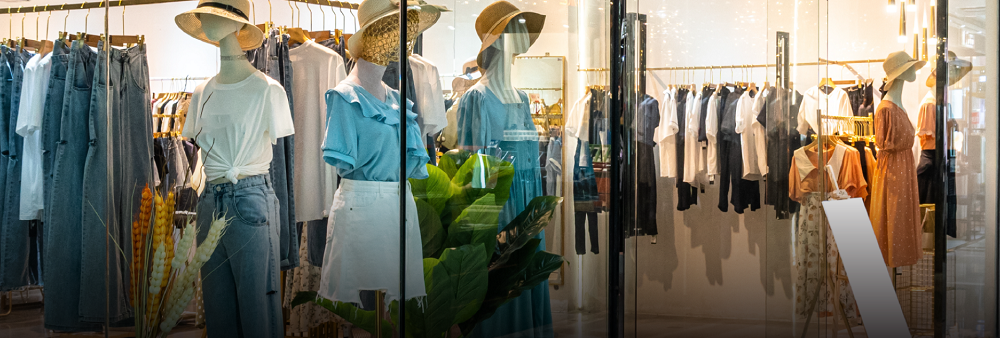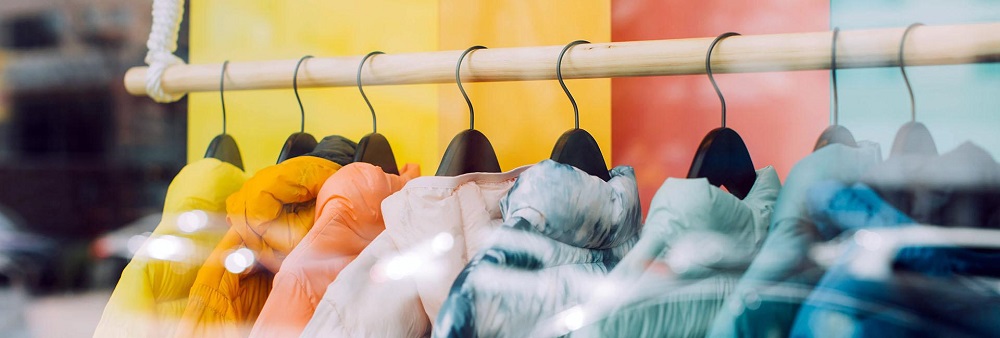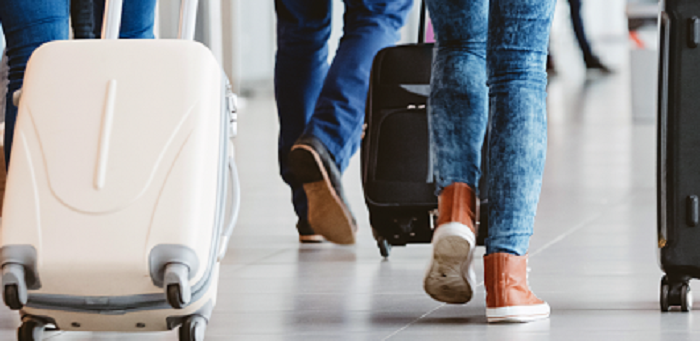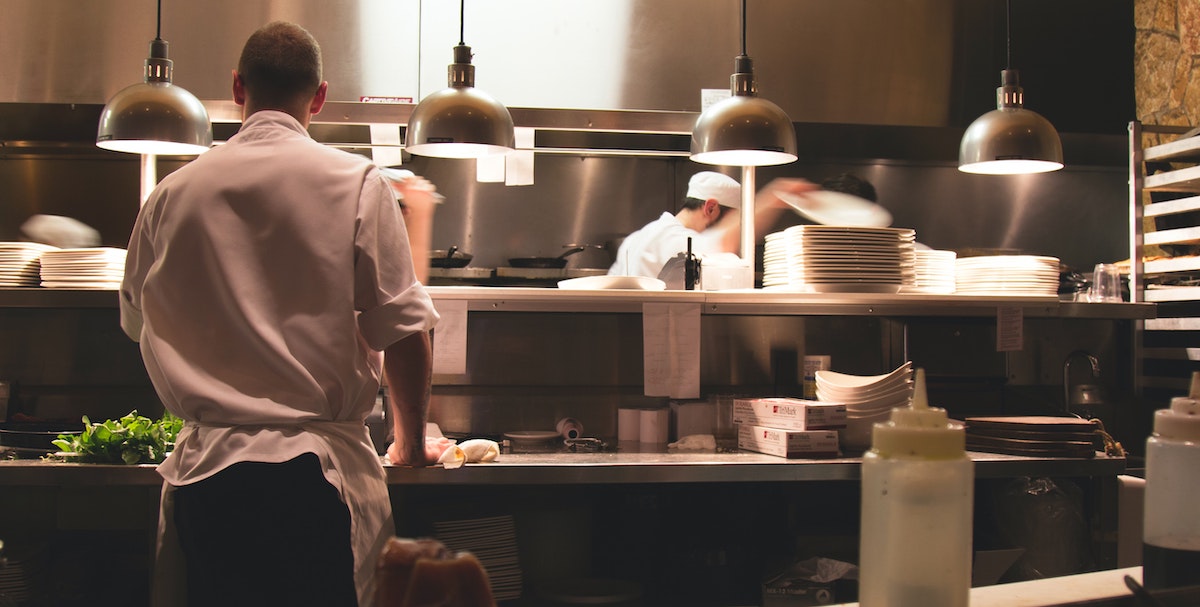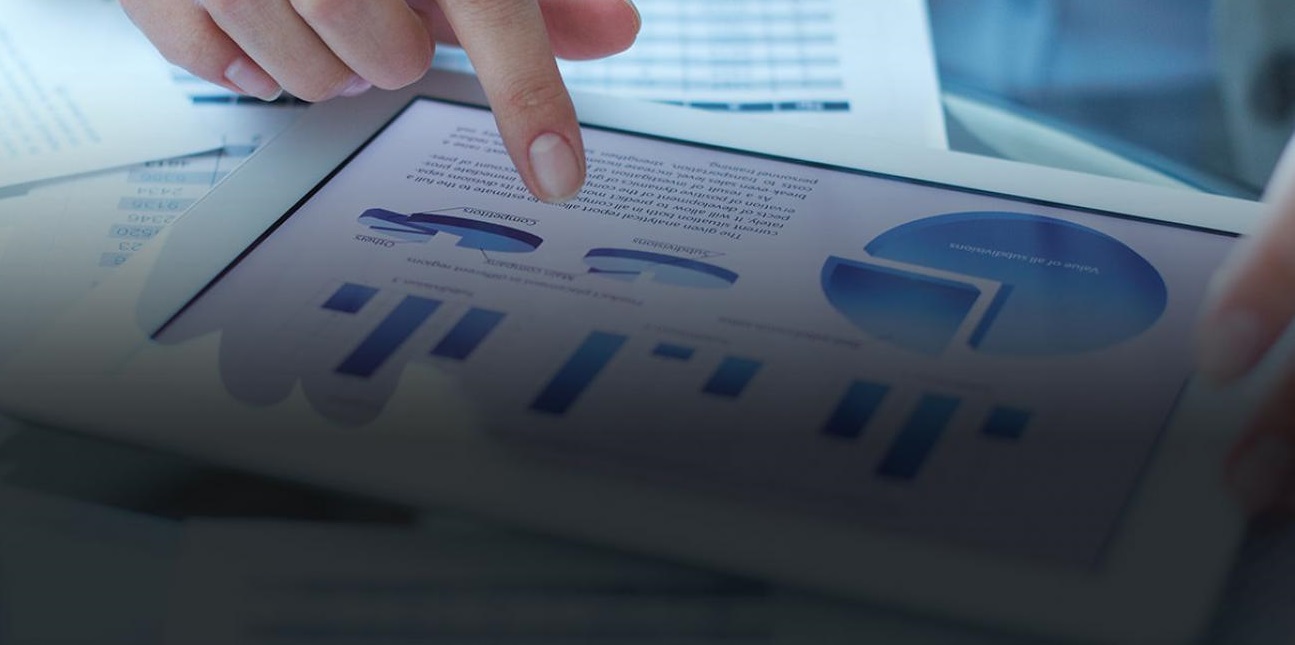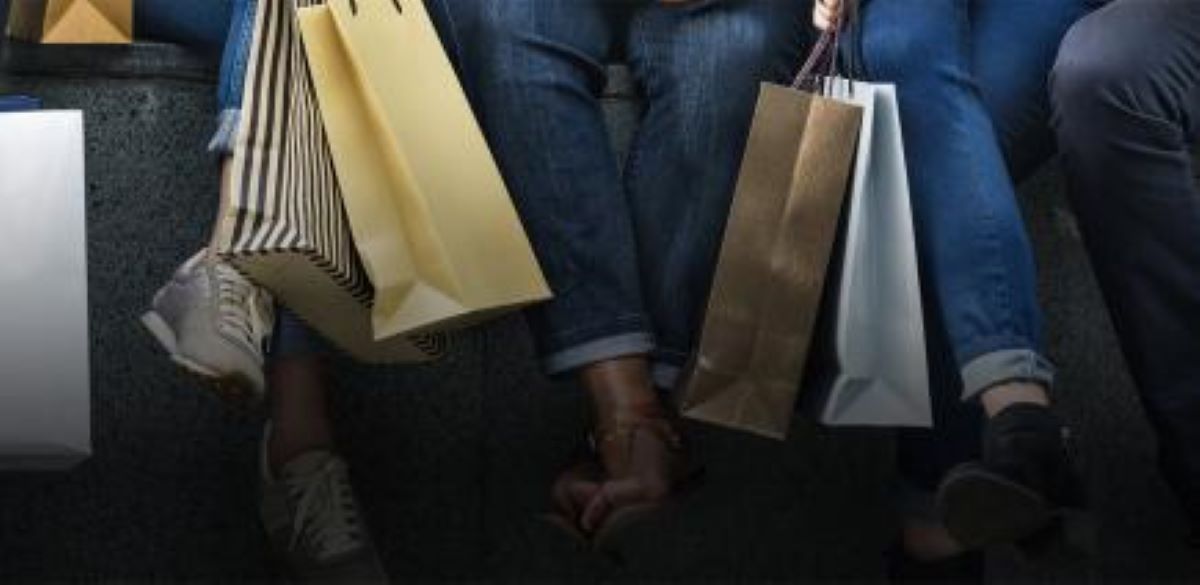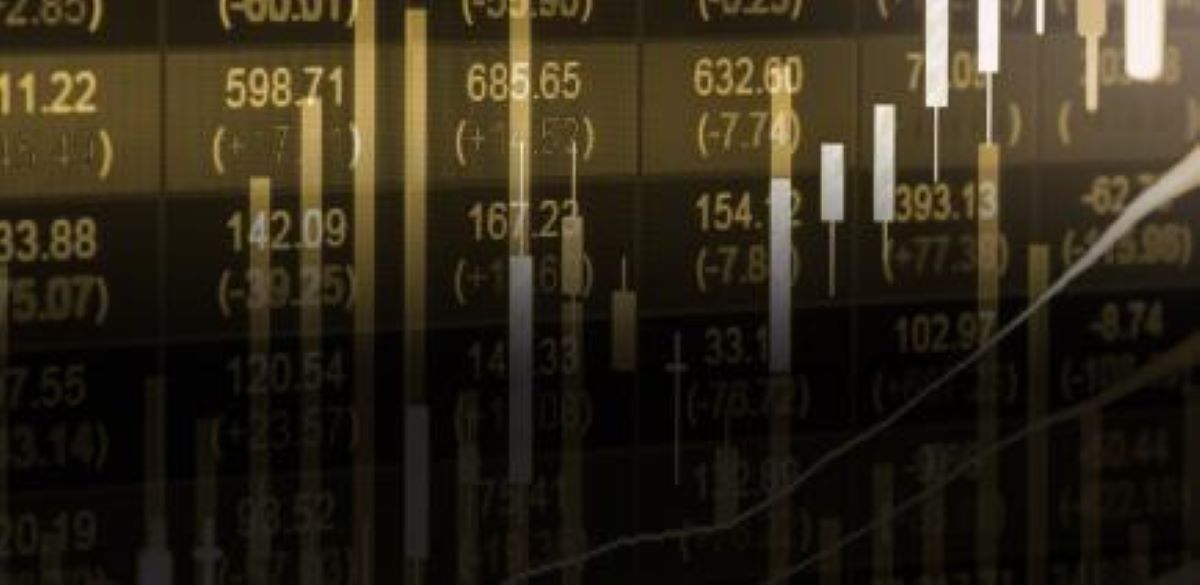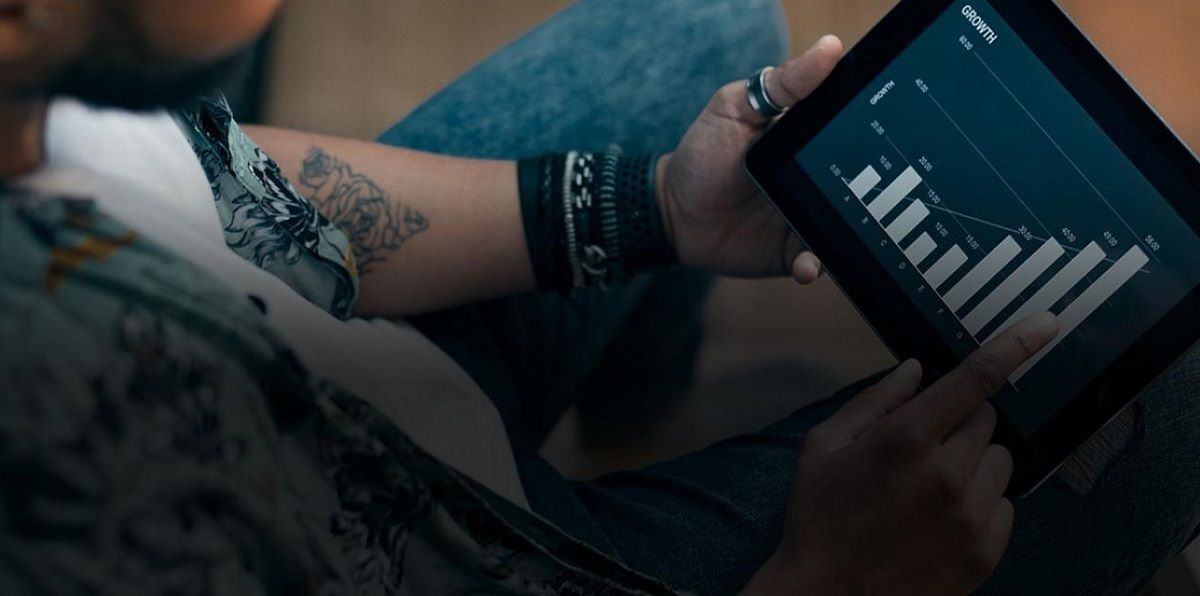Does Valentine’s Day make you nervous? It may, especially if you’re planning a memorable romantic get-together with that special someone that hits all the right notes. It may also make you nervous if you’re a retailer, especially one that specializes in traditional Valentine’s Day gifts like flowers and jewelry. As a retailer, you’ve only just made it past the December holiday shopping season, and now you’re facing another holiday that poses the same uncertainties: How will inflation and other economic factors affect consumer behavior and my sales this February?
Many retailers approached the recent holiday shopping season with understandable uncertainty. After all, it’s a season that has traditionally accounted for up to 40% of annual sales. The disruptions wrought by inflation and pandemic-driven changes in consumer behavior left many merchants and service providers wondering whether they’d find a windfall under the tree or coal in their stockings. Before the season started, Envestnet | Yodlee’s research team used the company’s vast array of consumer spending and transaction data to derive some insights.
Admit it: Every January, you resolve to take better care of yourself. And maybe you stick with it for a short while, then lose your resolve, then fall back into old habits. And next January, you try again. Extrapolate that experience across the American consumer base, and you’d expect to see a cyclical trend in first-quarter spending in self-improvement sectors, with a burst of spending activity in January followed by a steep cooldown in February and March.
Retailers are understandably nervous about the upcoming holiday shopping season. It’s a season that has traditionally accounted for up to 40% of annual sales. Given the economic turmoil of recent years, it’s no wonder merchants and service providers are anxious about whether they can expect the fourth quarter to resemble those of Christmases past, rather than the disruption they’ve endured since the onset of COVID. Fortunately, Envestnet® | Yodlee®’s wealth of consumer spending and transaction data may offer some insights.
Some level of back-to-school spending is to be expected every year, but how much consumers are spending and what they choose to buy shifts given the economic conditions. Looking at de-identified Yodlee spend data, we’ve found some consumer back-to-school spending trends that may help retailers and manufacturers uncover new opportunities. The growth in early back-to-school shopping this year, specifically within apparel, office supplies, and arts/hobby channels, is slower than 2021 when compared with pre-pandemic year 2019.
Not surprisingly, recent economic conditions have affected consumer behavior this summer. On one hand, consumers are ramping up travel and spending in the latest phase of the COVID-19 pandemic. On the other hand, inflation, global uncertainty, and the possibility of a recession seem to be causing some consumers to curtail their spending. Looking at de-identified Yodlee spend data, we’ve found some consumer spending trends that may help investors and strategists uncover new opportunities.
Inflation rate in the U.S. rose in August 2021 and continued its upward trajectory on the back of post-pandemic recovery spending, supply constraints and the war in Ukraine, impacting commodities’ supply. While there are multiple forecasts suggesting that the economy might tip into recession as the Federal Reserve takes steps to rein in inflation; the job market, has continued to show strong signs of recovery in 2022.\[1\]
In order to deal with increased prices due to inflation, consumers have modified their spending habits, and are choosing lower-cost alternatives to help them stick to their budgets. Trends over the past 24-months seem to indicate that consumers are more likely to substitute products/services or procure them from less expensive sources than do away with them altogether. Shopping at retail liquor outlets instead of going out to restaurants seems to reflect this consumer switching behavior.
Buy-Now-Pay-Later, commonly referred to as BNPL, has quickly emerged as a popular payment option for retail and other major discretionary spend categories. Providing both the benefit of convenience and deeper integration with merchants and websites, consumers has been availing themselves of BNPL payment options during checkout. This type of financing has been more commonly used for big-ticket items such as cars and furniture , but now has become more broadly used for other smaller ticket purchases such as apparel.
Faced with a rise in inflation resulting from a myriad of factors such as COVID-induced supply chain bottlenecks to increases in wages and pent-up demand, U.S. consumers in 2021 had to act definitively and fine-tune their spending behavior. Envestnet® | Yodlee® financial behavior trends, derived from aggregated and de-identified transaction datasets, can be utilized to provide answers to questions around major shifts in consumer spending trends such as those emanating from inflationary pressure.
As the global COVID-19 pandemic took hold in the United States in early 2020, both grocery and food delivery services saw huge increases in business. Several online grocery purchase platforms saw a 6x increase in new customers making their first-ever purchase during the week of March 31.
As the global COVID-19 pandemic took hold in the United States in early 2020, both grocery and food delivery services saw huge increases in business. Several online grocery purchase platforms saw a 6x increase in new customers making their first-ever purchase during the week of March 31. States like Florida, Georgia, North Carolina, Illinois and Pennsylvania saw particularly high growth in consumers opting to have their groceries delivered for the first time. Throughout the summer of 2020, food delivery services remained popular and spending continued to remain more than 100% above 2019 levels.
On December 29, 2020, the Internal Revenue Service (IRS) began to distribute initial direct deposit payments for the second round of stimulus checks to consumers as part of the U.S. response to the COVID-19 pandemic. The IRS sent check payments beginning the following day, on December 30, with an official payment date of January 4. According to the IRS, most recipients would receive payments via direct deposits. The second round of payments were generally $600 for single individuals and $1,200 for married couples filing a joint tax return. Those with qualifying children should have also received $600 for each child.
Even amidst an unprecedented pandemic, Americans still traveled for the holidays, just at lower numbers than usual. That’s according to Envestnet | Yodlee’s Income and Spending trends, as well as recent news reports. Airports saw depressed numbers for holiday season. According to the Transportation Security Administration (TSA), there were over 600,000 people screened at airport security checkpoints on Christmas Day, or roughly 23% of the number vs a year ago.
Amidst the most unique holiday season in recent memory, Envestnet | Yodlee’s COVID-19 Income and Spending Trends sought out to observe how holiday shopping has differed this year compared to previous years. Spending on clothing has been steadily improving throughout the year, although even as the holiday shopping season is in full swing, it is still trending lower than 2019 due to a variety of reasons, ranging from shorter store hours to a slow economic recovery.
The market for RVs experienced a surge in demand this past summer as months quarantined at home and concerns about the potential hazards of travel led would-be vacationers to rethink their travel plans and incorporate RVs.
During the early months of the COVID-19 pandemic, Envestnet | Yodlee’s Income and Spending trends noted an increase in consumer buying in large format retail which led to certain stores being overrun with customers. Spending at these retailers spiked as customers feared store closures and supply shortages.
Many Americans who stopped paying student loan payments in April are still not paying. That can be seen in the Envestnet | Yodlee Income and Spending trends data through the month of October. The number of users making student loan payments beginning in April dropped by 50 percent.
During the lockdown in many areas of the country, households were suddenly faced with finding activities to do with the family or occupy time while activities out of the home came to a halt. While some new skills may be short lived, some new habits emerged: households have increased their cooking activity and cultivated new bread making skills, while others embarked on more ambitious home improvements and upgrades that had previously been ignored.
For the fifth straight year, Amazon Prime Day created excitement among consumers with discounted offerings for customers opening their wallets at the cloud cash register. While Amazon has not yet self-reported a final tally, according to Envestnet | Yodlee data, the event was a success, leading to an average spend per customer (or “ticket size”) of $76 during the event versus $74 a year ago.








